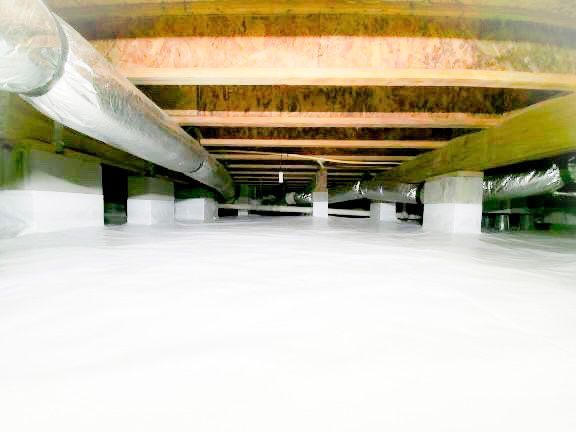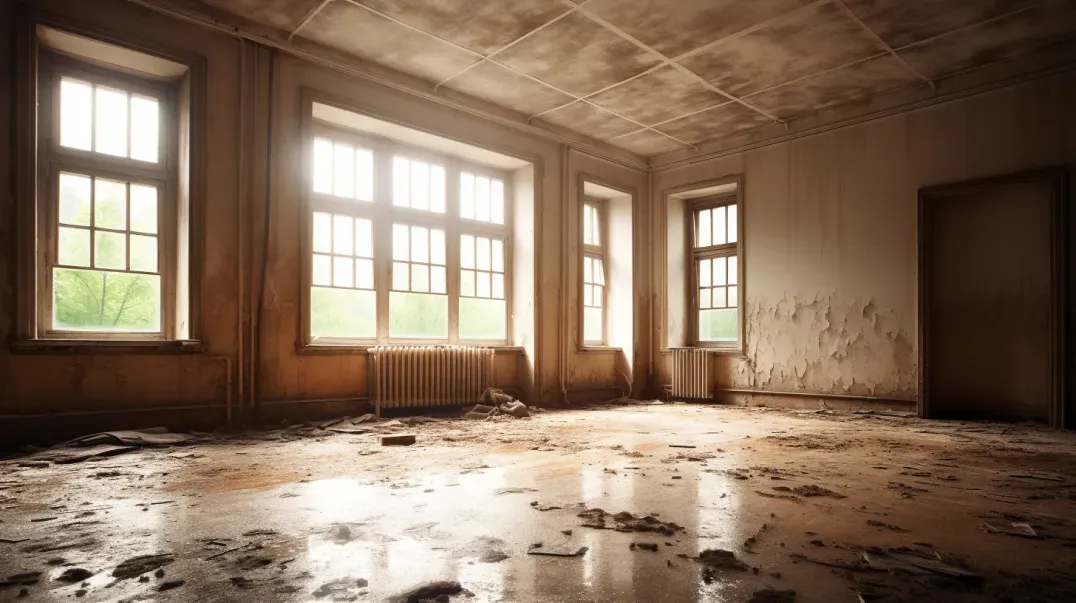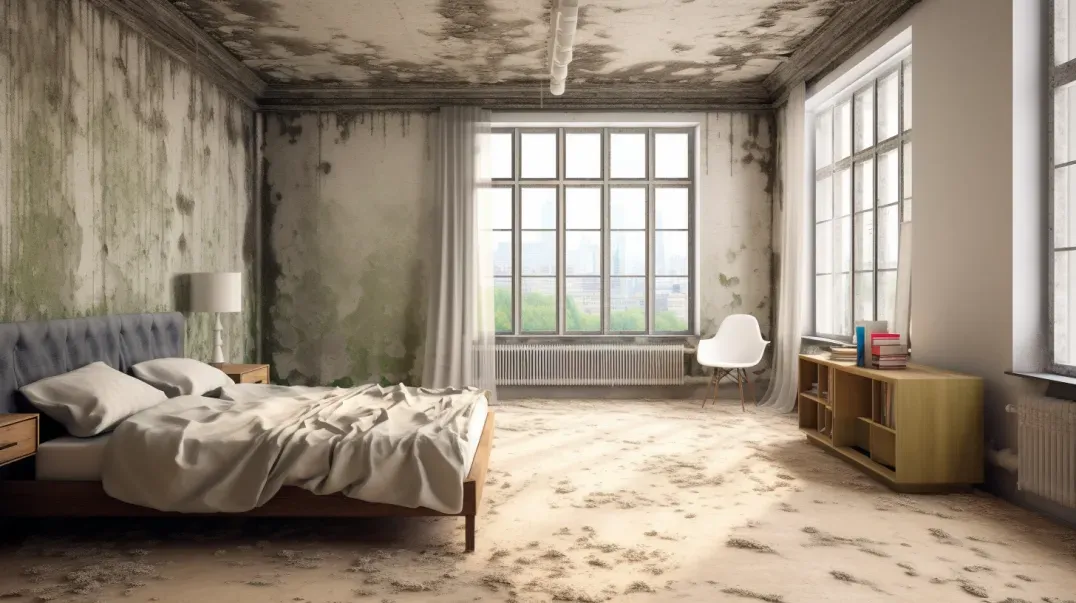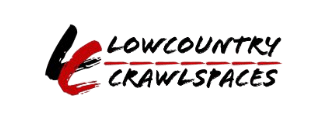How to Choose a Reliable Mold Remediation Service: Key Criteria
In the intricate tapestry of indoor environments, the presence of mold is a critical concern that, if unchecked, can weave a pattern of health issues and structural damage. This blog delves into the vital role of professional mold remediation in preserving the sanctity of our indoor spaces—ensuring they are not only aesthetically pleasing but, more importantly, safe and healthy.
Much like a careful reader who annotates a complex text to draw out its deeper meanings, professional remediation experts scrutinize the hidden corners of our homes and workplaces to detect and address mold growth. Through a meticulous process akin to textual analysis, these professionals assess the extent of mold infiltration, identify the moisture sources that feed it, and systematically remove the contamination. This ensures that the narrative of our indoor environments remains one of comfort and safety, rather than discomfort and risk.
In exploring the importance of mold remediation, this blog will highlight how maintaining a mold-free environment is essential not just for the structural integrity of buildings but for the health of its occupants. Just as a well-maintained book lasts longer and provides better insights, a well-cared-for building ensures a higher quality of life for those within. Join us as we unpack the layers of mold remediation, illustrating its crucial role in crafting healthier living and working spaces.
Understanding Mold Remediation
Mold remediation is more than just removing visible mold; it's akin to a thorough edit of a complicated manuscript, ensuring the text is clear, accurate, and engaging. In the context of building care, it involves a series of calculated steps aimed at not only removing mold but ensuring it doesn’t return.
What is Mold Remediation?
Definition of Mold Remediation:
Mold remediation is the comprehensive process of removing mold contamination and addressing the underlying moisture sources to prevent its recurrence. This approach differs significantly from simple mold removal, which may only address visible mold without tackling the root causes, similar to treating symptoms without curing the disease.
Steps Involved in a Comprehensive Mold Remediation Process:
- Assessment: Just as a critical reader assesses a text to understand its themes and contexts, this step involves evaluating the extent of mold growth and its moisture sources.
- Containment: To prevent cross-contamination, the affected area is isolated, much like focusing on a chapter without losing sight of a book’s overall narrative.
- Filtration: Air scrubbers and HEPA filters remove spores from the air, akin to refining and clarifying arguments in an academic paper.
- Removal and Cleanup: Contaminated materials are removed and the area is cleaned, similar to revising a draft to eliminate errors and inconsistencies.
- Drying: Thorough drying prevents moisture buildup, ensuring the 'text' remains clear and free from 'mold' of misunderstanding.
- Restoration: Damaged materials are repaired or replaced, restoring the narrative structure of the building’s interior.
The Dangers of DIY Mold Removal
Risks Associated with DIY Mold Removal:
Attempting mold removal without professional expertise is fraught with risks. Without proper knowledge and tools, DIY efforts can disturb mold colonies, causing spores to become airborne and spread—much like how misinterpretation of a complex text can lead to further confusion and errors.
Scenarios Where DIY Methods Can Exacerbate Mold Issues:
- Improper Assessment: Non-professionals might underestimate the mold's extent, like a reader who overlooks key themes and subtexts, leading to inadequate remediation.
- Inadequate Containment: Failing to properly seal off the area can allow mold to spread to other parts of the building, similar to a narrative thread that strays off course.
- Ineffective Cleaning: Using the wrong cleaning agents or techniques might not only fail to remove mold but also damage the materials, akin to misapplied literary criticism that distorts rather than elucidates a text’s meaning.
Criteria for Selecting a Mold Remediation Service
Choosing a mold remediation service is a crucial decision, akin to selecting the right scholar to interpret a complex text. The integrity and health of your indoor environment depend on this choice. Here’s how to ensure you select a qualified and reputable service.
Licensing and Certification
Importance of Choosing a Licensed and Certified Service:
Just as academic credentials validate an expert's ability to analyze and interpret complex information, licensing and certification in mold remediation ensure that a service provider has met established standards of knowledge, skill, and compliance. This is crucial for effective and safe mold removal, and for ensuring that the service complies with state and local regulations.
Specific Certifications to Look For:
- IICRC (Institute of Inspection, Cleaning and Restoration Certification): This certification indicates that the technicians have undergone rigorous training and adhere to industry standards. Like citing authoritative sources in academic writing, choosing an IICRC-certified provider lends credibility and reliability to the remediation process.
- Other Relevant Certifications: Depending on your location, other certifications such as the American Council for Accredited Certification (ACAC) or state-specific licenses might also be relevant. These certifications are the professional endorsements that guarantee a service provider's methods and practices meet the required standards for mold remediation.
Experience and Reputation
How to Evaluate the Experience Level of a Mold Remediation Company:
Evaluating a company's experience in mold remediation is similar to assessing a scholar's expertise in a particular subject area. Consider the number of years in business, the variety of mold remediation projects they have completed, and the complexity of cases they have handled. Experience often correlates with a deeper understanding of how to effectively tackle diverse mold issues, much like a seasoned academic's depth of insight into their field.
Tips for Checking Company Reputation:
- Read Reviews and Testimonials: Online reviews and testimonials can provide insights into the company's reliability and quality of service, similar to reading critiques of academic works to gauge their impact and validity.
- Consult Local Business Bureaus: Local business bureaus can offer information about the company's business practices and any complaints filed against them. This step is akin to checking a scholar's standing in their academic community.
Ask for References: Requesting references from past clients gives you firsthand accounts of the company's effectiveness and professionalism, much like seeking peer reviews before considering a scholarly article's credibility.
Assessing Technical Expertise and Resources
Selecting a mold remediation service with the right technical expertise and resources is akin to choosing the right tools and methods for a detailed scholarly analysis. This ensures the approach is not only effective but also thorough and up-to-date, safeguarding your indoor environment against mold-related issues.
Assessment and Testing Capabilities
Capability to Perform Thorough Mold Assessments and Testing:
Just as a scholar must understand the full context of their study subject, a proficient mold remediation service begins with a comprehensive assessment and testing of the affected environment. This step is critical to identify all sources and extents of mold contamination, which informs the development of an effective remediation strategy.
Importance of Initial Inspections and Mold Identification:
- Initial Inspections: The initial inspection is the first step in the mold remediation process, essential for mapping out the scale of the problem. This is similar to conducting preliminary research in an academic study, laying the groundwork for the entire project.
- Mold Identification: Properly identifying the types of mold present is crucial as different molds may require different handling and remediation techniques. This step parallels the need in academic work to accurately identify and understand the materials or subjects being studied, ensuring that the subsequent analysis is appropriate and effective.
Equipment and Techniques
Types of Equipment and Remediation Techniques:
A professional mold remediation service employs a variety of advanced tools and techniques that are reflective of their commitment to quality and effectiveness, akin to a researcher using the latest methodologies to ensure robust study results.
Examples of Advanced Mold Remediation Technologies:
- HEPA Filtration Systems: These systems are used to clean the air of mold spores and other particulates, crucial for maintaining clean indoor air quality during the remediation process. The use of HEPA filters is similar to applying high standards in data filtration and analysis in academic research, ensuring only the most relevant and accurate information is considered.
- Moisture Meters and Infrared Cameras: These tools are used to detect hidden moisture and mold that is not visible to the naked eye, much like sophisticated analytical tools in research that uncover deeper insights.
- Antimicrobial Chemicals: Professional-grade chemicals that prevent the recurrence of mold growth are applied, paralleling the preventive measures in academic work that safeguard against errors in future research.
Why Advanced Technologies Matter:
Advanced technologies in mold remediation matter because they provide more precise, effective, and safe mold removal practices. These technologies ensure that mold is thoroughly eradicated from the environment, much like how advanced research techniques contribute to the depth, accuracy, and reliability of scholarly findings.
Service Transparency and Customer Communication
Transparency and communication in mold remediation services are as crucial as clarity and openness in academic discourse. They ensure that all parties are informed and aligned, which is essential for the success and effectiveness of the remediation process.
Detailed Plan and Explanation
Expectation of a Clear, Detailed Plan of Action:
Just as a research proposal outlines the scope, methodology, and objectives of a study, a mold remediation service should provide a clear and detailed plan of action. This plan should comprehensively address the specific steps to be taken, the rationale behind each step, and the expected outcomes, ensuring that clients are well-informed and prepared for the process.
Importance of Having a Remediation Plan:
- Timelines: Detailed timelines help manage expectations and ensure that the project stays on track, similar to a project timeline in academic research.
- Outcomes: Clearly defined outcomes allow clients to understand what the remediation efforts aim to achieve, ensuring there are measurable standards for success.
- Safety Measures: Outlining safety measures is essential to protect all parties involved and maintain the integrity of the environment, akin to ethical considerations in research.
Ongoing Communication and Support
The Role of Effective Communication Throughout the Remediation Process:
Effective communication is vital to ensure that the remediation process is transparent and that client concerns are addressed promptly. This ongoing dialogue ensures that clients are continuously informed, much like regular updates within a collaborative academic project.
How Services Should Keep You Informed and Handle Your Concerns:
- Before Remediation: Services should provide all necessary information regarding the preparation, risks, and expectations before the project begins. This is akin to a literature review that sets the stage for a deeper understanding of the subject matter.
- During Remediation: Regular updates during the remediation process are crucial to inform clients of progress and any adjustments to the plan. This is similar to the process of providing progress reports in a research project.
- After Remediation: Once the project is complete, a thorough debriefing should be provided, including what was done, why it was done, and any follow-up care or maintenance needed. This mirrors the discussion and conclusion in academic papers, which reflect on the research outcomes and future implications.
Making the Final Decision
Selecting a mold remediation service involves careful comparison and preparation, similar to finalizing a research thesis where evidence must be weighed and preparations made for presentation. This part of the process ensures that the decision is well-informed and that the remediation will proceed smoothly.
Comparing Multiple Services
Steps to Effectively Compare Multiple Mold Remediation Services:
- Gather Information: Collect details about each service’s qualifications, such as licenses, certifications, and experience. This is akin to gathering sources for a comprehensive literature review.
- Analyze Reviews and Testimonials: Assess feedback from previous clients to gauge the reliability and quality of each service, much like evaluating evidence in academic research.
- Request Detailed Quotes: Obtain and compare quotes that detail the scope of services, costs, and timelines, ensuring all aspects are transparent and comprehensible.
Key Factors to Prioritize When Making the Final Decision:
- Certification and Licensing: Ensure that the service meets all legal and professional standards, which guarantees their credibility and expertise.
- Experience and Specialization: Consider the depth of experience and specific mold remediation specialization, which can significantly influence the outcome of the project.
- Price and Value: Evaluate not just the cost but the value offered, including warranties and follow-up services, ensuring the investment is justified by the expected results.
Preparing for Mold Remediation
What Homeowners Need to Do in Preparation for Professional Mold Remediation:
- Secure the Area: Remove furniture and belongings from the affected area to prevent damage and facilitate easier access for the remediation team.
- Document the Damage: Take photos or videos of the mold damage for insurance claims and personal records, much like citing evidence for a research argument.
- Discuss Safety Precautions: Understand and implement any necessary safety measures as advised by the remediation service, ensuring the safety of all occupants during the process.
How to Facilitate a Smooth and Efficient Remediation Process:
- Open Communication: Maintain open lines of communication with the remediation service. Regular updates and clear discussions can help address any issues promptly, enhancing the efficiency of the project.
- Provide Access: Ensure that the remediation team has easy access to the work area and any utilities they might need, which helps in minimizing disruptions and speeding up the process.
- Follow Guidelines: Adhere to any guidelines or requests from the remediation team, such as maintaining certain environmental conditions or avoiding specific areas, to ensure the remediation process is not hindered.
FAQs
-
What certifications should mold remediators have?
Look for technicians certified by the IICRC (Institute of Inspection, Cleaning, and Restoration Certification) or similar bodies. These certifications ensure the service meets industry standards for mold remediation.
-
Why check a service's licensing?
Verifying licensing ensures that the remediation service complies with state and local regulations, which safeguards your interests and guarantees professional accountability.
-
How important is experience?
Experience is crucial as it reflects the service’s proficiency in handling diverse mold scenarios. Experienced providers are likely to deliver more effective and efficient remediation outcomes.
-
Should I read client reviews?
Absolutely. Reviews can provide insights into the reliability, effectiveness, and customer service of the remediation company, much like peer reviews in academic research.
-
What about the cost of services?
While cost is an important factor, it should be balanced with the quality of services offered. Choose a service that provides a transparent quote detailing all charges and justifies the value they offer, ensuring there are no hidden costs.
Contact Lowcountry Crawlspaces Today!
Lowcountry Crawlspaces will do everything we can to ensure your experience with us is excellent.
Request A FREE Estimate
We will get back to you as soon as possible.
Please try again later.
CHECKOUT RECENT POST



Schedule Your FREE Crawl Space Evaluation Today
There Is No Crawl Space Job We Can’t Fix!
SCHEDULE TODAY!
LET'S CORRECT YOUR CRAWL SPACE PROBLEMS!
Ready to protect and enhance your home with trusted crawl space and foundation solutions? Connect with Lowcountry Crawlspaces today! Our expert team is just a call or click away, ready to deliver top-notch service backed by industry-leading warranties. Don’t wait to improve your home’s safety and value—contact us now to schedule your free inspection and take the first step towards a healthier, more stable home environment
SCHEDULE TODAY!
LET'S CORRECT YOUR CRAWL SPACE PROBLEMS!
Ready to protect and enhance your home with trusted crawl space and foundation solutions? Connect with Lowcountry Crawlspaces today! Our expert team is just a call or click away, ready to deliver top-notch service backed by industry-leading warranties. Don’t wait to improve your home’s safety and value—contact us now to schedule your free inspection and take the first step towards a healthier, more stable home environment

We offer the best quality crawl space moisture control and repair work out of anyone in the Lowcounty!
HOURS
SUNDAY: CLOSED
MONDAY: 9:00 AM - 5:00 PM
TUESDAY: 9:00 AM - 5:00 PM
WEDNESDAY: 9:00 AM - 5:00 PM
THURSDAY: 9:00 AM - 5:00 PM
FRIDAY: 9:00 AM - 5:00 PM
SATURDAY: CLOSED
All Rights Reserved | Lowcountry Crawlspaces



